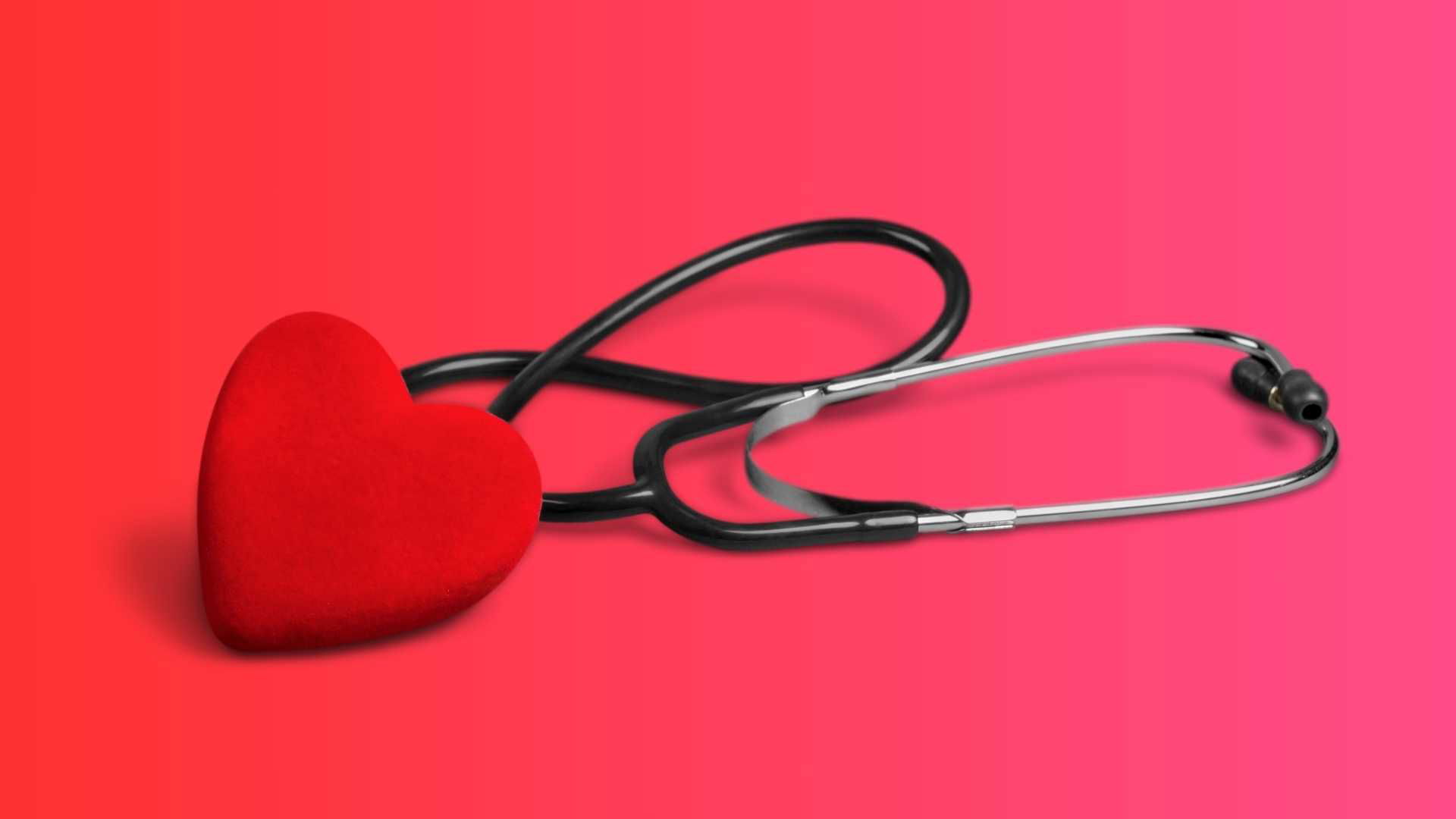Key Takeaways
Red Light Therapy (RLT) in Cardiovascular Health:
- RLT is a groundbreaking approach to heart wellness.
- RLT stimulates cellular energy production, improving blood circulation and heart muscle resilience.
- It’s beneficial for various heart conditions, aiding in recovery from cardiac events and integrating seamlessly into heart health routines.
Embrace RLT for a personalized, effective strategy for managing heart health and fulfilling a healthier future. Learn more about the potential of RLT for cardiovascular care at Find Red Light Therapy near you.
Introduction
Cardiovascular health is a critical component of overall well-being, and the quest for innovative treatments is ceaseless. In this pursuit, Red Light Therapy (RLT) emerges as a promising ally, offering a non-invasive approach to heart health.
The Heart of the Matter: Understanding Cardiovascular Challenges
Cardiovascular diseases remain one of the leading causes of death worldwide. Factors like poor diet, lack of exercise, stress, and genetics play a significant role in heart health. In this scenario, exploring new methods to support cardiovascular health is not just a matter of interest but of necessity.
How Red Light Therapy Benefits the Heart
Red light therapy offers a unique approach to heart health. By penetrating the skin and reaching the cells, RLT stimulates mitochondrial activity, leading to improved cellular energy production. This enhancement in cellular function can have a positive impact on cardiovascular health, including improved blood circulation and heart muscle resilience.
The Science Behind RLT and Cardiovascular Health
The application of RLT to cardiovascular health is supported by growing scientific evidence. Studies suggest that RLT can aid in reducing inflammation, a key factor in many heart-related conditions. Additionally, it has shown potential for managing hypertension, reducing oxidative stress, and improving endothelial function—all vital aspects of maintaining a healthy cardiovascular system.
Aiding in Recovery: RLT for Post-Cardiac Events
For individuals recovering from cardiac events like heart attacks or surgeries, RLT can play a supportive role. Its ability to enhance circulation and promote cellular repair can be beneficial in the rehabilitation process, aiding in quicker and more efficient recovery.
Integrating RLT into Cardiovascular Health Routines
Incorporating RLT into a heart-healthy routine can offer additional support alongside traditional methods like medication, diet, and exercise. It’s a complementary approach that adds an extra layer of care to the heart health regimen.
Personalized Care for Heart Health
One of the appealing aspects of RLT is its adaptability. The treatment can be tailored to individual needs, offering a personalized approach to cardiovascular care. This flexibility makes it a suitable option for a wide range of individuals, regardless of their specific cardiovascular health status.
Beyond the Therapy: Lifestyle and Heart Health
While RLT offers significant benefits, it’s important to remember that comprehensive cardiovascular health involves a holistic approach. This includes maintaining a balanced diet, engaging in regular physical activity, managing stress, and adhering to medical advice. RLT complements these lifestyle choices, working in tandem to promote overall heart health.
Embracing a Brighter Future in Cardiovascular Care
The journey towards optimal cardiovascular health is evolving, with technologies like RLT playing a pivotal role. By embracing such innovative treatments, we open the door to new possibilities in heart health care, paving the way for a healthier, brighter future.
If you’re interested in exploring how red light therapy can support your heart health, visit [Find Red Light Therapy near you]. Discover the potential of light to enhance your cardiovascular wellness.
FAQs
Red light therapy is a non-invasive treatment using specific wavelengths of red light. It benefits cardiovascular health by stimulating mitochondrial activity in cells, which leads to improved cellular energy production. This enhancement in cellular function can positively impact heart health, including better blood circulation and heart muscle resilience.
Cardiovascular diseases are among the leading causes of death globally and are influenced by factors like diet, exercise, stress, and genetics. RLT addresses this concern by offering a new method to support heart health. It works at a cellular level to improve heart function and circulation, providing a novel approach in the fight against cardiovascular diseases.
The application of RLT to cardiovascular health is backed by scientific studies. Research indicates that RLT can reduce inflammation, a major contributor to heart-related conditions. It also shows potential for managing hypertension, reducing oxidative stress, and improving endothelial function, all of which are crucial for a healthy heart.
After cardiac events, like heart attacks or surgeries, RLT can support the recovery process. It can enhance blood circulation and promote cellular repair. This aids in quicker, more efficient recovery, making it a valuable tool in cardiac rehabilitation.
RLT complements traditional heart health methods such as medication, diet, and exercise. By integrating RLT into a cardiovascular health regimen, it adds an extra layer of support. Doing so also enhances the overall effectiveness of heart health practices.
Yes, RLT is adaptable and can be tailored to individual cardiovascular needs. Factors like the duration of exposure, intensity of the light, and specific focus areas can be adjusted, making RLT a flexible and personalized approach to heart health care.
While RLT offers significant benefits for heart health, it’s part of a holistic approach that includes a balanced diet, regular physical activity, stress management, and adherence to medical advice. RLT works in tandem with these lifestyle choices, collectively promoting overall cardiovascular wellness.
RLT represents a significant advancement in cardiovascular care, offering innovative and non-invasive treatment options. Its emergence in heart health care symbolizes a shift towards more diverse and holistic approaches, opening new avenues for treating and managing cardiovascular diseases.
RLT is generally considered safe with minimal side effects. However, individuals with specific heart conditions or those undergoing certain cardiac treatments should consult with their healthcare provider before starting RLT. This ensures that the therapy aligns safely with their overall cardiovascular care plan.
RLT is becoming increasingly accessible for individuals seeking to enhance their heart health. It’s available through professional health and wellness clinics and as at-home devices. When choosing RLT services or products, it’s important to opt for those that are reputable. Ideally, choose those that are FDA-approved for safety and efficacy. Resources like Find Red Light Therapy near you can help you locate nearby professionals offering RLT for cardiovascular health.



